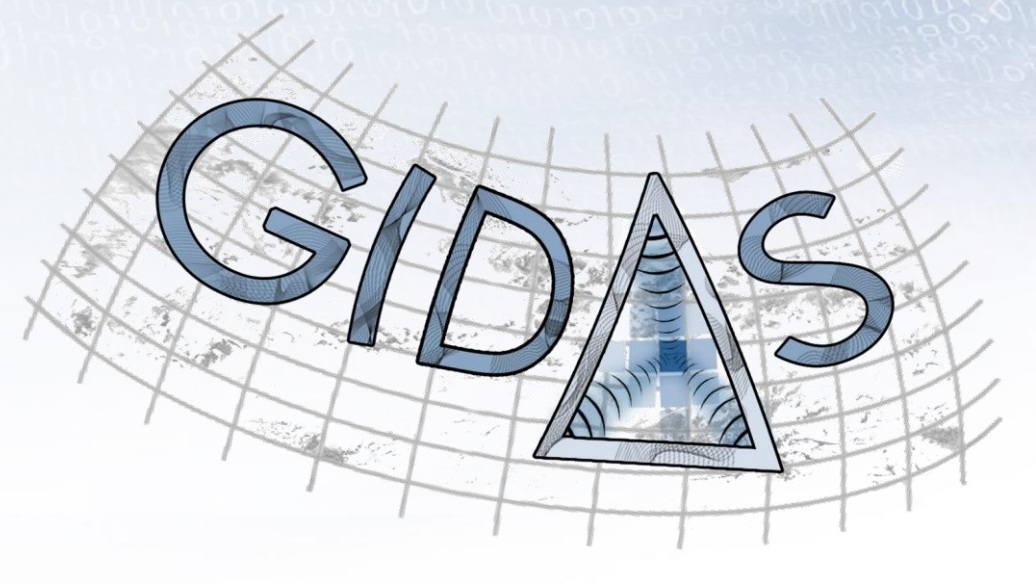Satellite navigation has become a global utility, but one that is vulnerable to interference. The European Space Agency’s new NAVISP research and development program is prioritizing research into countering jamming and spoofing of satnav signals, with partner companies exploring varied approaches.
How is it that a distant scattering of medium-sized Global Navigation Satellite System (GNSS) satellites orbiting some 22 000 kilometers away in space are able to provide positioning, navigation and timing data to users anywhere, anytime, across the globe?
The answer is that the signals themselves are vanishingly low in power, equivalent in energy to shining the beam of a car headlight from one side of Europe to the other, according to an ESA press release. Satnav receivers store the complex codes embedded in the signals, and use them to generate full-power replica signals of the faint signals received.
This approach allows tiny antennas to be employed, small enough to embed in a smartphone chip, allowing satnav to be widely used. But it also means satnav signals are easy to overlay or interfere with, either accidentally or on purpose.
“Jamming” refers to the denial of satnav service by blocking signals with noise, as with the famous U.S. truck driver whose trips past Newark Airport with a GPS jammer in his rig shut down entire airport systems. Or experiences of military exercises in various countries where satnav jamming extended to civilian infrastructure–in one case shutting down emergency pagers and ATM machines as well as air and ship traffic control.
“Spoofing” involves false, deliberately misleading satnav messages to users, and has been demonstrated to take down drones and divert boats. A variant is “meaconing” – the rebroadcast of satnav signals for fraudulent ends.
ESA’s Navigation Innovation and Support Programme (NAVISP) works with European industry to develop innovative navigation technology, with combating jamming and spoofing given high priority, especially as satnav is set to form the basis of new, safety-critical systems such as driverless cars.
TeleConsult Austria is working with FH Joanneum University of Applied Sciences on a NAVISP-supported project called GIDAS, the GNSS Interference Detection and Analysis System. Its principle is to automatically detect, classify and pinpoint all intentional interference sources within a given area by monitoring all civil GNSS signals in real-time.
The aim is to be build a multi-frequency scalable system, with systems that can be joined together to increase overall coverage. Currently undergoing testing, the GIDAS project is due to be concluded, and begin commercialization at the end of this year, according to ESA.
Another NAVISP project involving French company FDC is developing a hardened satnav module called DRACONAV, combining hardware and software innovations to combat jamming and spoofing. Targeting intelligent transport applications, the aim is to be able to identify cyber-attacks and continue to deliver authenticated positioning information as they occur.
DRACONAV would give users a level of confidence to let them know if they can continue relying on the data the module delivers, and yield an estimate of the receiver’s true position as the attack continues. The prototype design has been tested in realistic conditions on driving ranges, with more than 3,000 kilometers of field tests so far, and is now moving to industrialization.
Italian company Intecs Solutions is also determined to help mitigate the effects of interference. Through the NAVISP project, G-Passion, they are creating a system that utilizes a software-defined radio to analyze a few tens or hundreds of milliseconds of Galileo signals at a time, in order to tell the user whether or not the signal is authentic or if they are being subject to spoofing.
The NAVISP activity MARGOT, led by Romanian InSpace Engineering S.R.L aims to assess the multipath and interference impact onto PNT information in maritime environments across different operational scenarios.
The Norwegian company SINTEF is developing their Advanced Radio Frequency Interference Detection, Alerting and Analysis System (ARFIDAAS) project, offering as wide a spectral coverage as possible–including all current GPS, Galileo and GLONASS signals–to search out any disruption due to intentional or unintentional interference.
NAVISP is ESA’s program to facilitate the generation of innovative space-based PNT solutions with Member States and their industry. It is designed to provide a valuable support to European industry in the highly competitive and rapidly-evolving global market for PNT, while further supporting Member States in enhancing their national objectives and capabilities in the sector.






